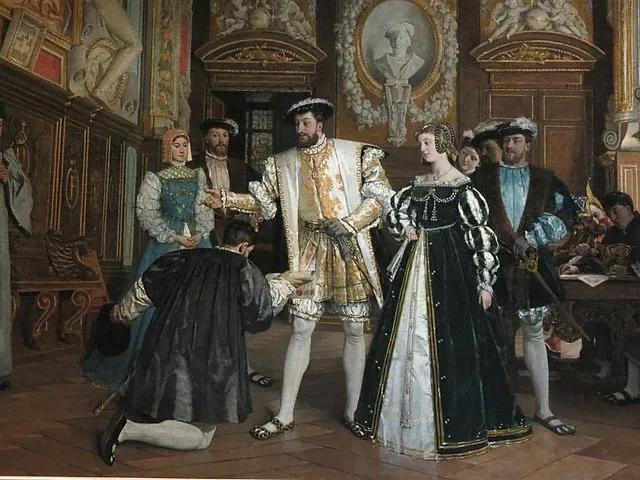In many ways, fashion is increasingly becoming a luxury, especially when you look at high-end or designer fashion. A few key reasons for this shift:
- Brand power and Exclusivity: Luxury brands have cultivated strong identities based on heritage, craftsmanship, and exclusivity. Consumers are often paying for the name as much as the product.
- Quality and Craftsmanship: True luxury fashion is often handmade or produced in limited quantities with top-tier materials, which naturally drives up costs.
- Scarcity and Hype Culture: Limited-edition drops and collaborations have created a culture of exclusivity that adds luxury appeal, even to streetwear.
- Social Status: Fashion is still a strong social signal. Owning luxury fashion can symbolize wealth, success, or refined taste, making it aspirational.
- Sustainability Trends: As the industry shifts toward ethical production, prices are going up. Sustainable, slow fashion often carries a higher price point than fast fashion.
Not all fashion is luxury, there’s still a wide range of affordable fashion out there. But the idea of fashion as a luxury or investment piece is definitely growing.
Fashion and luxury are often synonymous with high-end designer brands, exclusive boutiques, and opulent lifestyle. From the catwalk to the red carpet, fashion luxury is about showcasing impeccable style, sophistication, and attention to detail. Luxury fashion is about making a statement and owning a piece of history.
The history of fashion luxury dates back to ancient civilizations, where materials such as silk in China, linen in Egypt, and wool in Rome signified status and wealth. During the Renaissance, luxury fashion flourished in Europe with the rise of tailors and the use of rich fabrics like velvet and brocade, while royal courts became centers of fashion influence.
The 18th century saw the emergence of haute couture in Paris, establishing the city as the fashion capital. The industrial revolution introduced mass production, yet luxury fashion remained exclusive through brands like Chanel and Dior in the 20th century, symbolizing sophistication and craftsmanship.

But, how about the fashion today, and how is becoming a great luxury?
Shift from Mass to Meaning
People are moving away from fast fashion and becoming more intentional. They are choosing quality over quantity, investing in timeless, well-made pieces rather than cheap, disposable ones. This shift values:
- Craftsmanship
- Unique Design
- Sustainable practices
All of these come with a higher price tag, and that’s where fashion starts to become luxury.
Today, luxury fashion intertwines with sustainability and inclusivity, reflecting evolving consumer values while retaining its allure and status. Fashion and luxury today are characterized by a blend of sustainability, inclusivity, and digital innovation, as consumers increasingly prioritize ethical practices and individuality in their purchasing decisions.
Brands are adopting eco-friendly materials and transparent supply chains while leveraging technology such as augmented reality and virtual fashion shows to enhance the shopping experience. The rise of social media influencers and direct-to-consumer models also democratizes luxury, making high-end fashion more accessible and interactive. But is that true luxury?

